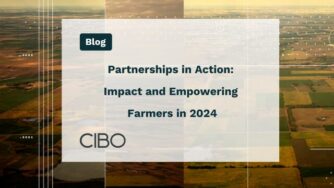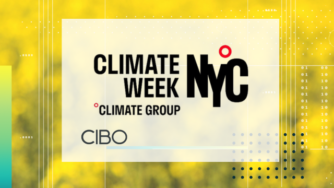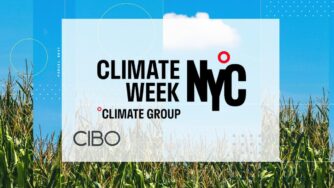Before now, to understand the crop yield for a particular parcel for a given year, you
might physically travel to that parcel and conduct a field experiment where you grow a crop, then measure the yield when the crop matures. This approach would work—but it’s a long, manual process that would cost too much money and prove impossible to manage in order to achieve that same level of insight for all of the parcels across the U.S., for all years of interest.
That’s where CIBO’s unique, science-based crop-yield forecasting technology comes in. Only CIBO uses crop-modeling technology built upon 30 years of published Michigan State University research led by Professor of Geological Sciences and CIBO Co-Founder Dr. Bruno Basso, a renowned researcher in the agricultural systems field.
By combining proprietary machine learning and artificial intelligence (AI) technologies with subject matter expertise in soil, weather and agronomics, only CIBO can:
- simulate and provide a range of accurate outcomes for crop development—from planting to harvest— based upon a wide variety of different, potential scenarios;
- predict yields for current and future growing seasons, on scales from a sub-field to the entire continental U.S.; and
- become more accurate as the growing season progresses.
It’s in this way—by realistically simulating a future that does not yet exist—that land stakeholders become able to accurately, effectively and objectively understand and compare the past or future yield of a parcel, field, county, state or the entire Grain Belt—and even estimate the yield for a growing season that’s only just begun.
Download the infographic for four key ways CIBO uses science to forecast crop yield in a better, brand-new way.
Download the Infographic



